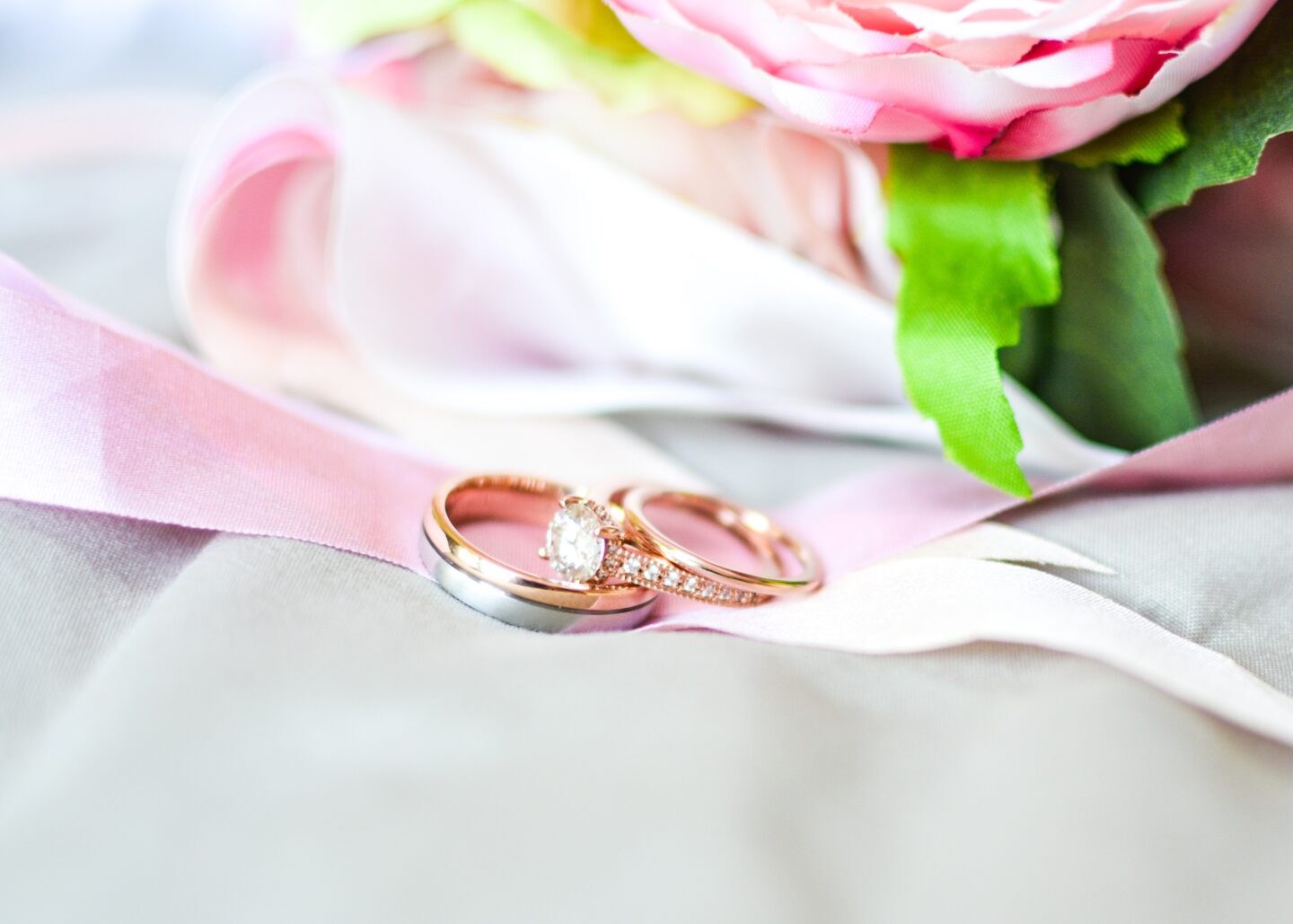
Moissanite is the new kid on the block in the world of engagement stones. Well, sort of. Discovered in the 1800s in its raw silicon carbide form, moissanite has come a long way in proving itself as a competitive alternative to diamonds. It takes its name from the French scientist who came upon the discovery of the initial silicon carbide deposits – Henri Moissan. Because this deposit was found near the site where a meteorite crashed into earth, many people believed form any years (and some still do!) that moissanite has its origins in the stars. However, this is not the real case. Silicon carbide occurs naturally on earth, and there is no need to go looking for extra-terrestrial origins! Read on to discover why you should choose moissanite engagement rings.

Anything a diamond can do, a moissanite can do…
And sometimes better! Many of the intrinsic values of a moissanite are similar to those of a diamond. Some similarities include: the higher the clarity of the stone, the higher its value, and a pure or clear colour is the most desirable of all.
While it is not a diamond, moissanite should never be considered a cheapie or a knock off. The reason for its competitive pricing when compared to diamonds, is that it is not subject to expensive and resource-intensive mining operations, the outlay of which comes at huge cost.
Diamonds also come with what many might consider challenging ethical implications: the destruction of the environment, the exploitation of local communities and the underpayment of the mine workers are all factors that many people have started to object to, and a more ethical alternative is a crucial part of the cycle for those who will not buy diamonds. With moissanite being more affordable, it is also a great option for those who do not have the budget for a diamond, even if that were their first preference.
Sparkle like a champion
Similar to diamonds, moissanite comes in several hues or tints, and it is categorised by quality based on the tint it holds. Colourless is the gold standard, and the most desirable and expensive category. These are the stones that hold the greatest resemblance to diamonds, and their colour range is categorised as D-E-F.
G-H-I is the next colour range and are similar to diamonds on the equivalent category. The lowest category incorporates gemstones with a yellowish hue – the yellower the stone, the cheaper and less desirable it becomes.
Although colourless or almost colourless are the most desirable categories, it often comes down to preference and budget. Unless you are an expert, it is also quite difficult to tell the difference between colour grading with the naked eye.
Essentially, moissanites are ever increasing in popularity as engagement ring stones. The brilliance that is given off by a moissanite refraction is inimitable, and the crystal fire is guaranteed to turn heads. All of this at a mere percentage of what a diamond of a similar size would have cost, makes moissanite a very viable option, both to those on a budget and those with ethical concerns!
If you liked this post on moissanite engagement rings you might also like...
How Working With The Best Wedding Bloggers Can Help Your Brand


















Leave a Reply